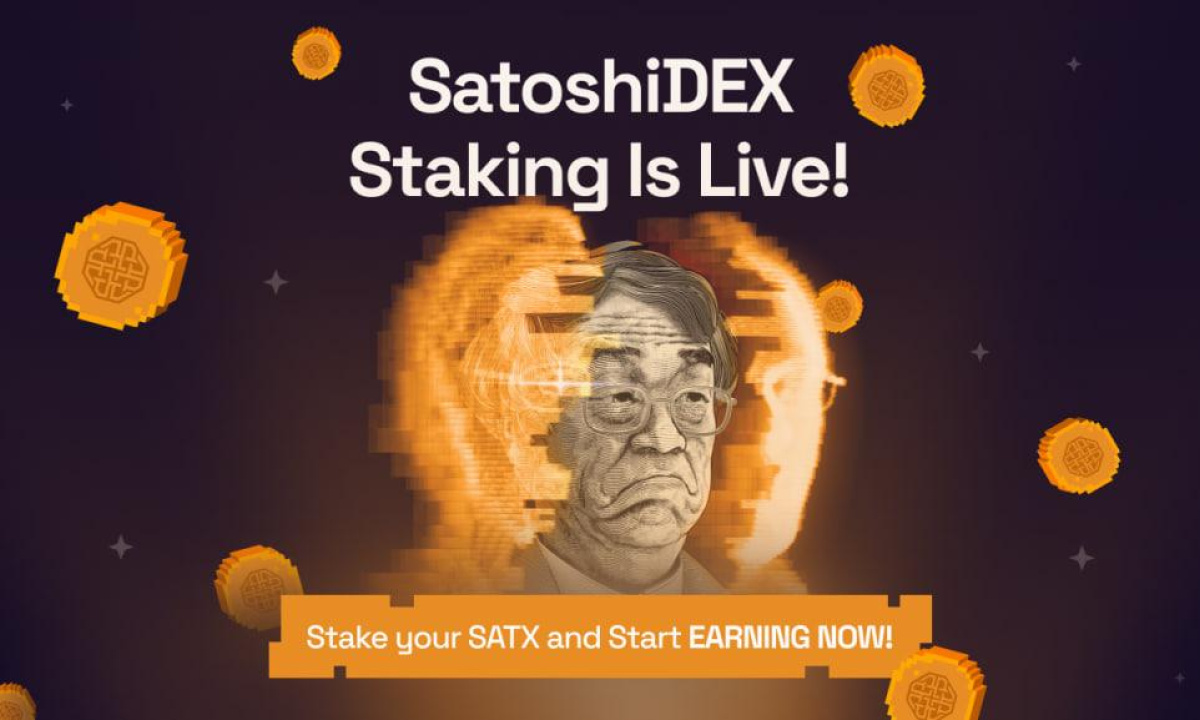Table of Contents
The EU Data Act has been criticized for its “one size fits all” approach. It also included a proposal to introduce a kill switch and pause functionality. However, while such a step could protect users, it could also hinder innovation.
The Dusk Network can make it easier to comply with the act by leveraging selective disclosure and minimizing the exposure of sensitive information.
The Rationale For A Kill Switch
The EU has stated its rationale behind implementing a kill switch and pause functionality is to protect users from potential risks that could arise through smart contracts. It specifically outlined the risks in the context of the Internet of Things (IoT). While the act does not explicitly mention blockchain-based smart contracts, there needs to be more clarity around the legislation, which has raised significant concerns within the blockchain industry. While the growth and adoption of blockchain technology continue, it also increases the potential for risk.
Introducing a kill switch is the EU’s way of mitigating any risk that could arise from a catastrophic failure within the financial system. The kill switch and pause mechanism gives the EU the ability to maintain a level of trust and security. It also ensures that the integration of blockchain-based smart contracts with the traditional financial system does not jeopardize the stability of the financial system. However, there is a need to strike a balance between regulation and innovation, not to stifle blockchain’s potential.
Control Over Kill Switches?
There is another point of concern that has arisen, that of who would have control over the kill switches and pause functionality. This dilemma has raised concerns about centralization and trust. There are three primary options for controlling the kill switch and pause mechanism. The first is single-user control. The second option is multi-sig control, while the third option is a decentralized autonomous organization (DAO).
The single-user control means one entity will have the authority to activate the kill switch or pause functionality. While this option may be the fastest in the case of an emergency, it leads to the centralization of power and raises concerns about malicious actors and trust. Additionally, a single user may also lack the expertise needed to make optimum choices, leading to undesired outcomes.
The multisig approach distributes decision-making power because it requires multiple users to authorize the kill switch or pause functionality, where a majority of users must approve the action in question. The multisig approach reduces the risk of errors and enhances trust, as no single user controls the system. However, the downside is that such an approach would be slower as multiple parties are involved.
The third approach is the use of Decentralized Autonomous Organizations. This involves a significantly decentralized approach where all decisions are made by stakeholders that vote on proposals using predefined governance mechanisms. However, out of the three approaches, this approach has the slowest execution speed because the voting process is time-consuming and requires broad consensus.
An Alternative Approach?
Critics contend that the introduction of a kill switch and pause functionality could impede smart contracts and introduce friction. However, there are alternatives that rely on greater social consensus. Such alternatives see the control over smart contracts distributed amongst various stakeholders. Such an approach could maintain the decentralized nature of blockchain technology and enhance trust.
Alternatively, zero-knowledge proof-enabled and regulated DeFi infrastructures such as the Dusk Network can help in achieving compliance with the Data Act. This can be done through selective disclosure, which minimizes the exposure of sensitive information by allowing only authorized parties access to data. As such, Dusk Network can help ensure that sensitive data is protected and any off-chain modifications are legitimate.
Disclaimer: This article is provided for informational purposes only. It is not offered or intended to be used as legal, tax, investment, financial, or other advice.











